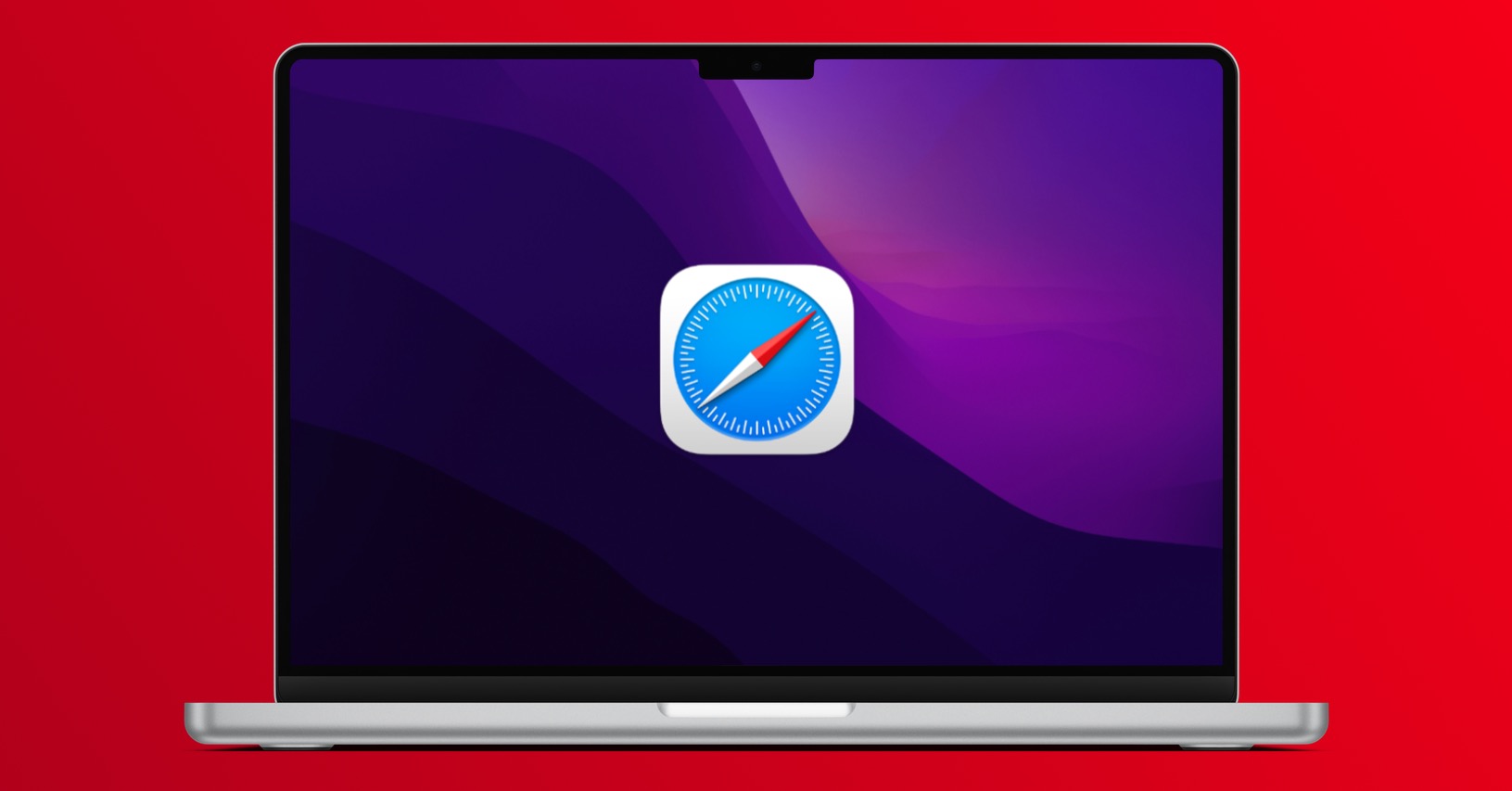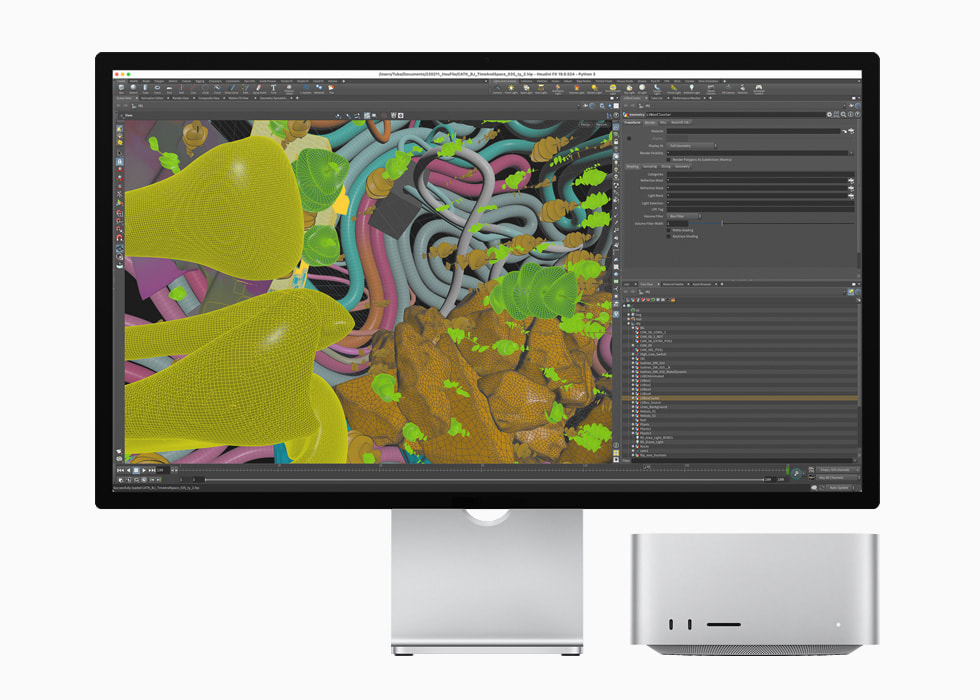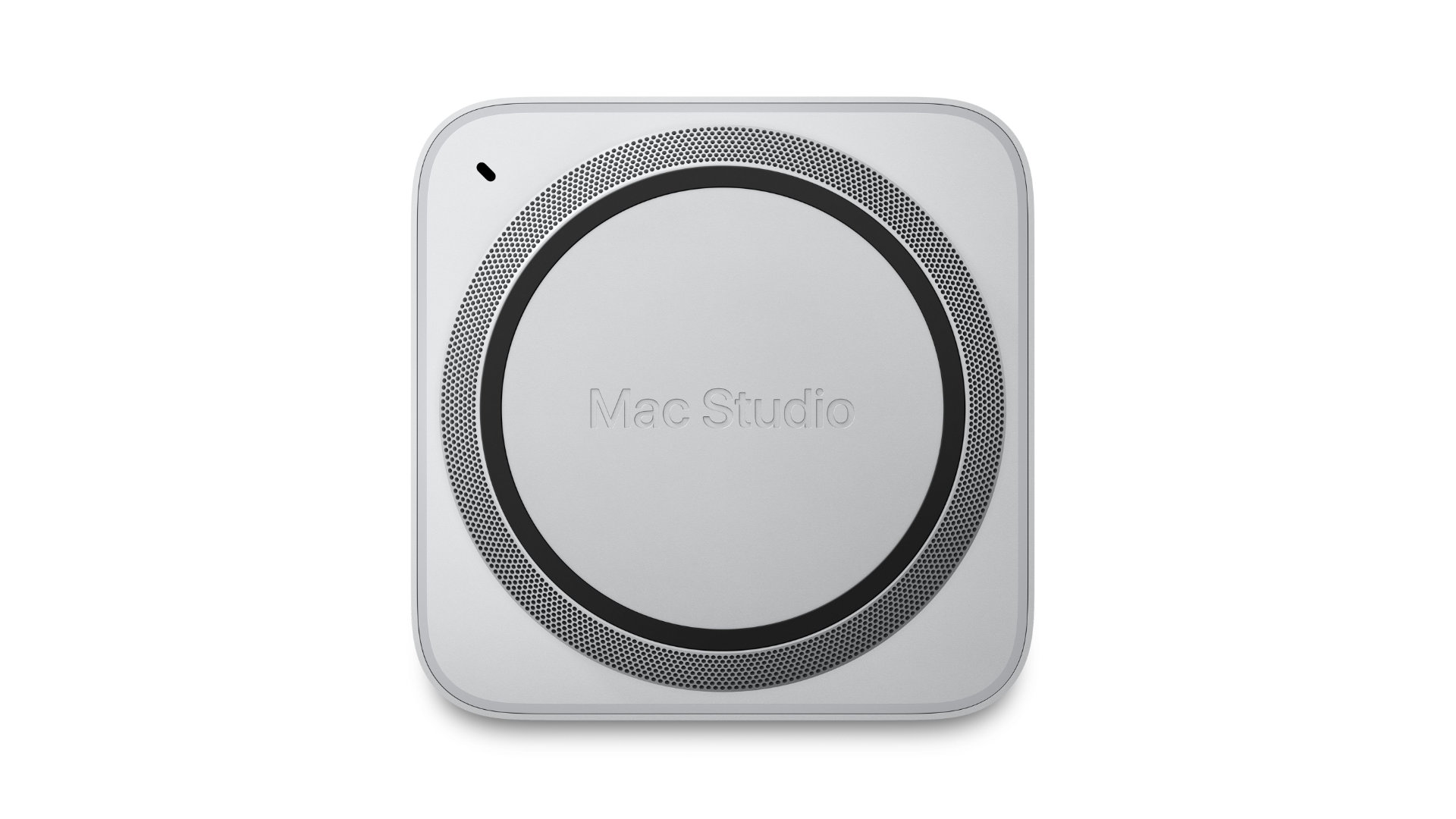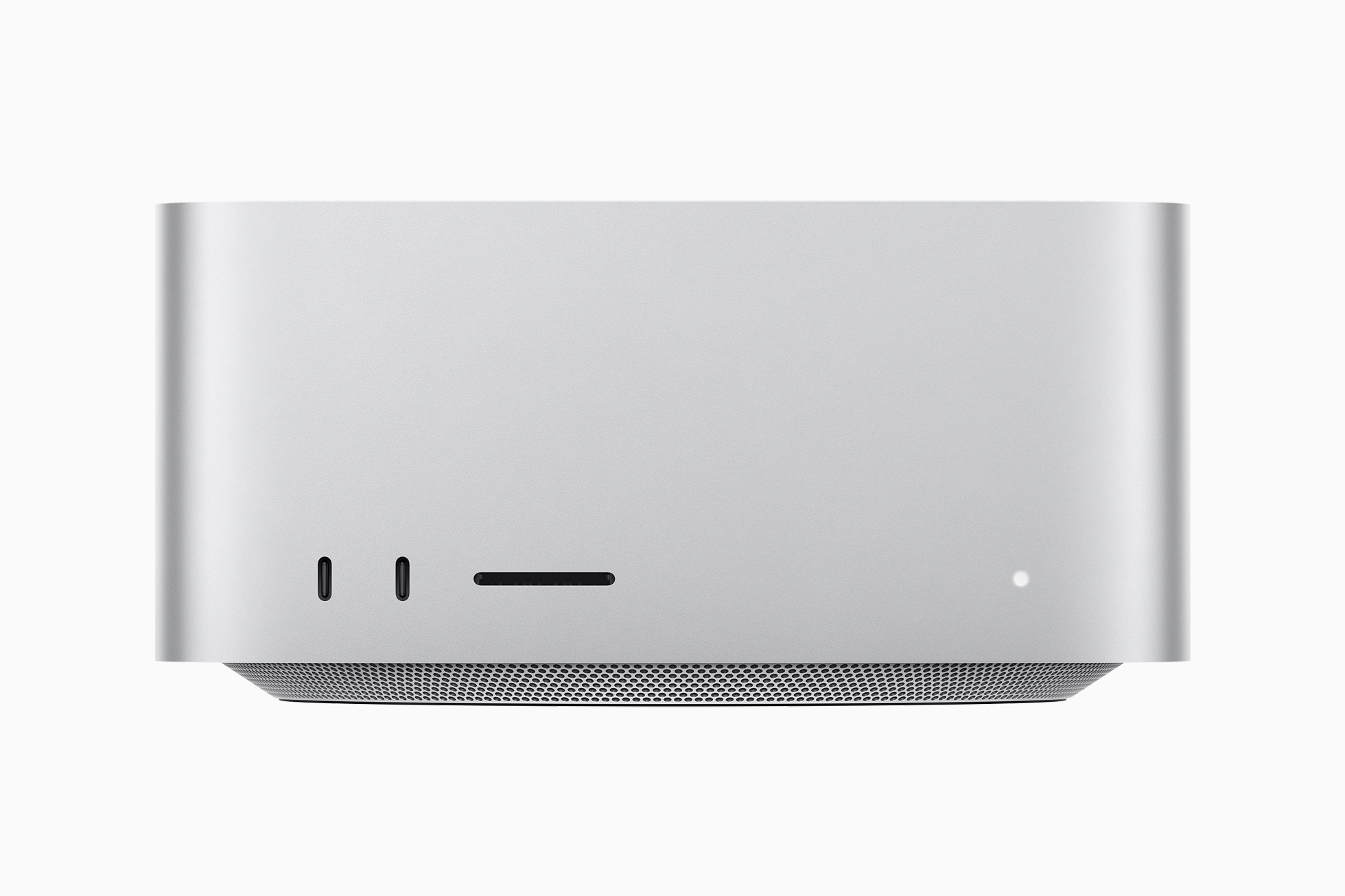The vast majority of Mac owners are used to moving in the environment of the macOS operating system with the help of a mouse or trackpad. However, we can greatly speed up and simplify a number of processes if we use keyboard shortcuts. In today's article, we will introduce several shortcuts that you will definitely use on Mac.
It could be interest you

Windows and applications
If you want to quickly close the currently open window on your Mac, use the Cmd + W key combination. To close all currently open application windows, use the shortcut Option (Alt) + Cmd + W to change. If you want to go to the preferences or settings of the currently open application , you can use the keyboard shortcut Cmd + , for this purpose. With the help of the Cmd + M key combination, you can “clean up” the currently open application window to the Dock, and with the Cmd + Option (Alt) + D keyboard shortcut, you can quickly hide or display the Dock at the bottom of your Mac screen at any time. And in case any of the open applications on your Mac unexpectedly freezes, you can force it to quit by pressing Option (Alt) + Cmd + Escape.
Check out the recently introduced Mac Studio:
Safari and the Internet
If you use the keyboard shortcut Cmd + L with an open web browser, your cursor will immediately move to the browser's address bar. Do you want to quickly move to the end of a web page? Press Fn + Right Arrow. If, on the other hand, you want to immediately move to the top of the currently running web page, you can use the Fn + left arrow key shortcut. When working with a web browser, the combination of the Cmd key and the arrows will certainly come in handy. With the help of the keyboard shortcut Cmd + left arrow you will move back one page, while the shortcut Cmd + right arrow will move you one page forward. If you would like to view your browser history, you can use the Cmd + Y key combination. Have you accidentally closed a browser tab that you didn't really want to close? The keyboard shortcut Cmd + Shift + T will save you. Surely all of you know the shortcut Cmd + F to search for a specific term. And if you want to quickly move between the results, the keyboard shortcut Cmd + G will help you. With the help of the Cmd + Shift + G key combination, you can move between the results in the opposite direction.
It could be interest you

Finder and files
To duplicate selected files in the Finder, press Cmd + D. To start Spotlight in a Finder window, use the keyboard shortcut Cmd + F, and press Shift + Cmd + H to immediately move to the home folder. To quickly create a new folder in the Finder, press Shift + Cmd + N, and to move a selected Finder item to the Dock, press Control + Shift + Command + T. Cmd + Shift + A, U , D, H or I are used to open selected folders. Use the keyboard shortcut Cmd + Shift + A to open the Applications folder, the letter U is used to open the Utilities folder, the letter H is for the Home folder, and the letter I is for iCloud.






